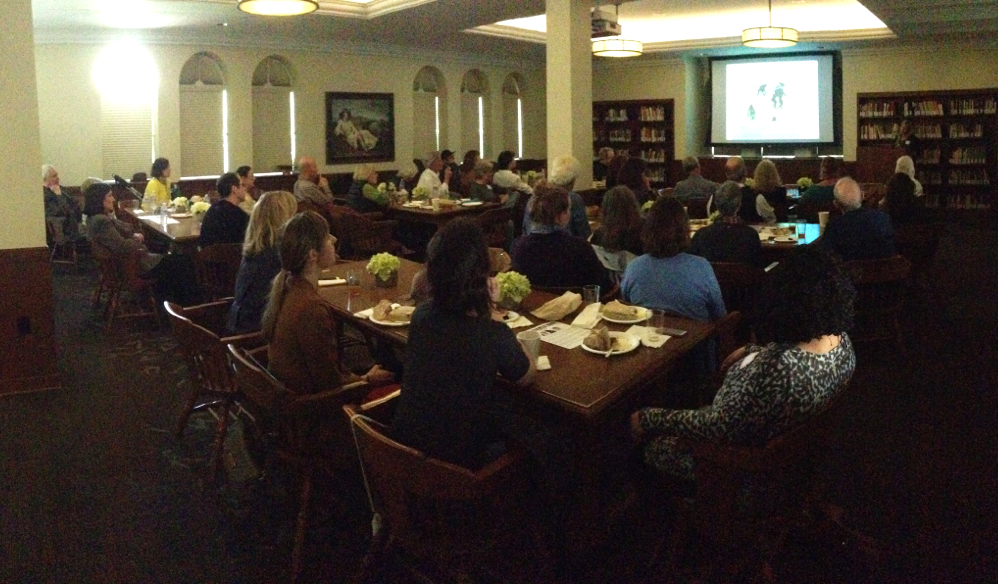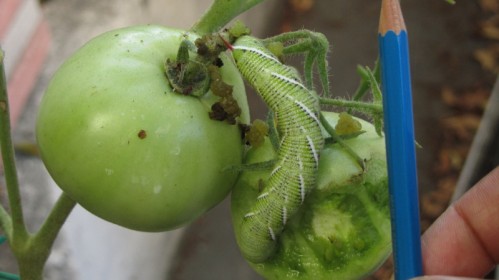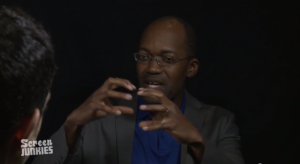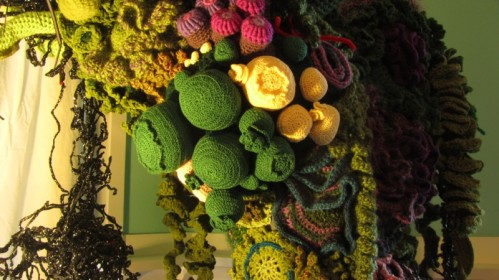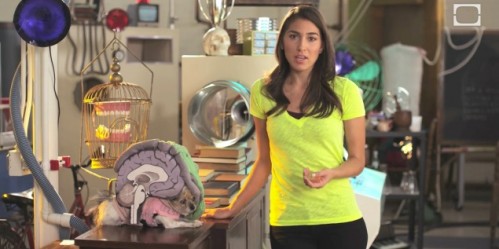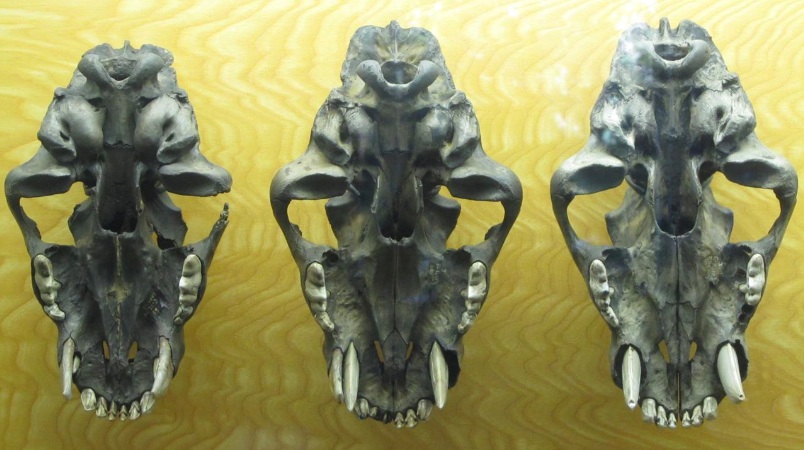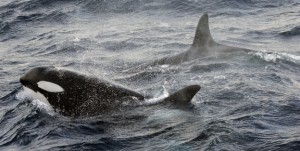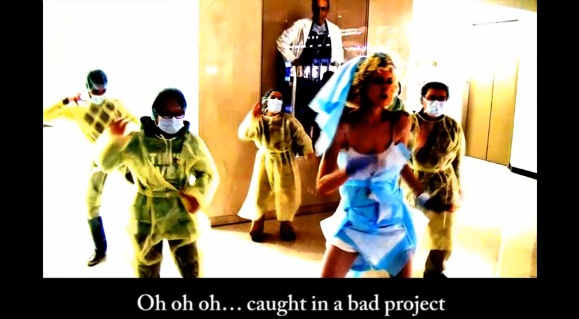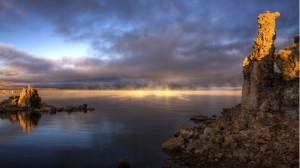 On Friday the Los Angeles Institute for the Humanities went on another field trip. This time we went to the Natural History Museum. (Click the image for a larger panorama from one of the dinosaur halls.) If you’ve not been there for a while, this is not the museum you remember. It has been transformed, under the leadership of Jane Pisano (President and Director of the Museum, who gave us a splendid talk over lunch), adding several new spaces, a special garden, and new foci in its programming (such as special displays and research programs highlighting urban ecosystems – featuring coyotes, rats, squirrels, possums, Cooper’s hawks, doves, skunks, parrots, etc., (basically my back garden on a typical day, as you know from this blog), along with snakes, bedbugs, termites… The Nature all around us in the city of Los Angeles – fascinating actually.)
On Friday the Los Angeles Institute for the Humanities went on another field trip. This time we went to the Natural History Museum. (Click the image for a larger panorama from one of the dinosaur halls.) If you’ve not been there for a while, this is not the museum you remember. It has been transformed, under the leadership of Jane Pisano (President and Director of the Museum, who gave us a splendid talk over lunch), adding several new spaces, a special garden, and new foci in its programming (such as special displays and research programs highlighting urban ecosystems – featuring coyotes, rats, squirrels, possums, Cooper’s hawks, doves, skunks, parrots, etc., (basically my back garden on a typical day, as you know from this blog), along with snakes, bedbugs, termites… The Nature all around us in the city of Los Angeles – fascinating actually.)
We had a tour of some of the spaces, breaking up into two groups (there were around 40 of us) and taking turns on two mini-tours (as we did for the Clark Library in December), one looking at the new dinosaur halls, the other the space dedicated to the urban environments I mentioned above. We learned a lot from our guides about what’s going on in the forefront of research in both […] Click to continue reading this post →


